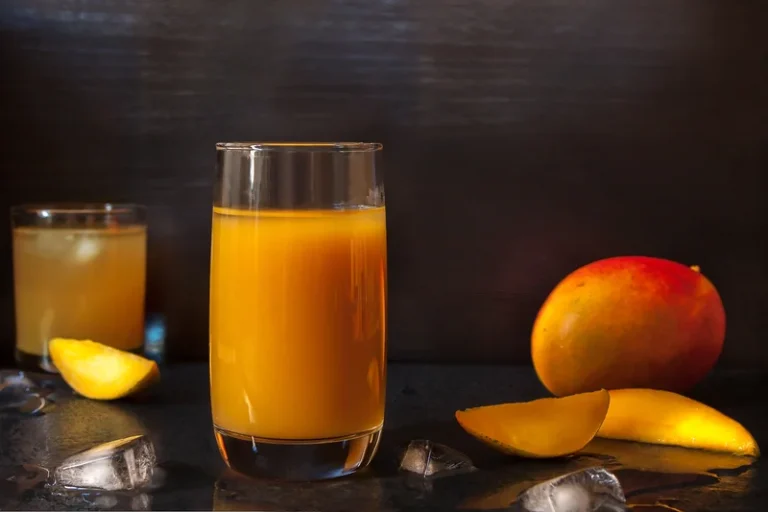- Feb 09, 2022
- Prova Prova
- 0

Alcoholic myopathy is a condition that causes loss of function, strength, and deterioration of muscles after prolonged excessive alcohol consumption or binge drinking. Also a common by-product of liver disease, jaundice is characterized by yellowing of the skin and sclera (the whites) of the eye. Some alcohol abusers suffering from jaundice will also experience darkening of the skin around the eyes, mouth, and legs. Because of this, drinking alcohol can cause dehydration, which may affect a person’s skin. Many of the long-term effects of alcohol on a person’s skin happen as a result of AUD.
- When a person drinks alcohol, it dehydrates the body, which can trigger rosacea symptoms.
- If you observe one or both of your eyelids droop suddenly, you need to see a doctor, as this may be a sign of an issue with your nerves, brain, or eye sockets.
- This puffiness usually goes away in people who only drink occasionally, but a chronically puffy face or swollen facial appearance is a common sign of alcoholism.
- This dilation particularly affects the small blood vessels just below the skin, often leading to facial redness and a red face.
- Spider veins, jaundice, poor skin, bloodshot eyes, and rhinophyma can all become permanent if alcohol abuse isn’t addressed.
Get Treatment for Alcohol Addiction at Gratitude Lodge

Dry skin and bloodshot eyes can be reduced where liver function is improved. A person who maintains a healthy diet and hydration levels will experience fewer adverse affects from alcohol than someone who does not drink and eat appropriately. Alcohol addiction becomes more visible when an alcoholic’s skin appears to be constantly dry – which can also lead to skin infections 31. Drinking only moderate amounts of alcohol (two drinks a day) may not having a long lasting effect on the face and body 28.

Alcohol and Your Face: Why Do You Get Puffy or Red After Drinking?
- Heavy alcohol consumption has been linked to more than 60 different diseases.
- Always seek the advice of a physician or other qualified health provider with any questions you may have regarding a medical condition.
- All of these symptoms will reverse as the person’s liver function starts to improve.
- Visible blood vessels, otherwise known as spider veins, are a common physical symptom of alcoholism 16.
Heavy drinking dilates blood vessels, causes flushing, and can make rhinophyma more apparent. People struggling with longstanding alcohol use disorders may eventually start neglecting their personal grooming and hygiene as they become less of a priority for them. As a result, they may look exhausted, and the lack of sleep due to alcohol use may start showing on their face.

Recognizing the Facial Signs of Alcoholism
- The liver processes most of the alcohol we drink but is unable to deal with all of it.
- This isn’t a conclusive diagnosis, but it’s a starting point for understanding what might be going on beneath the surface.
- This keeps clients in a healthy environment as they go through withdrawals and receive treatment.
- To start, let’s look at three different ways drinking alcohol can cause facial puffiness.
- Alcohol addiction is a complex issue that demands compassionate and effective treatment, which is exactly what we offer at Primrose Lodge.
When your immune system senses that potentially harmful do alcoholics have puffy faces materials are inside your body, it might release inflammatory cells. That’s because inflammation helps fight toxins, and it also eases communication between the immune system and other organ systems. On average, a 12-ounce beer has about 150 calories, and 5 ounces of wine has about 120 calories (4). You can use online calculators to determine how many calories you consume from alcohol. Alcohol can change the appearance of your mouth and the skin on your face.

How Can You Identify Physical Signs?
Drinking alcohol affects your body in many ways — some minor, some serious. One of the more visible physical signs of excessive alcohol consumption is facial puffiness and redness, sometimes referred to as an alcoholic face. This puffiness occurs due to alcohol’s effect on blood vessels and dehydration, which can make the face temporarily swollen and red.
